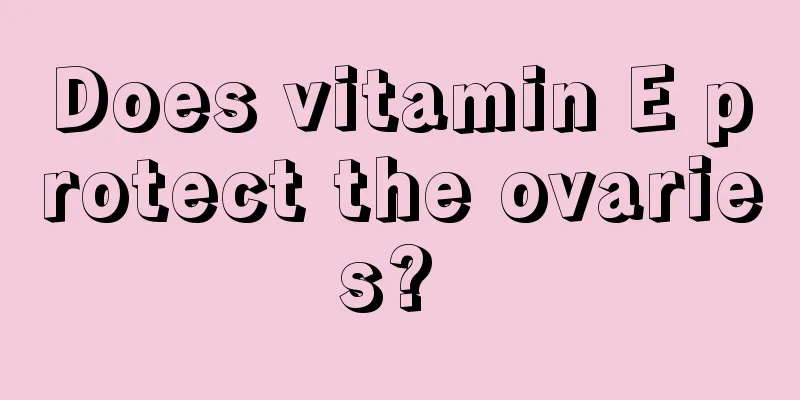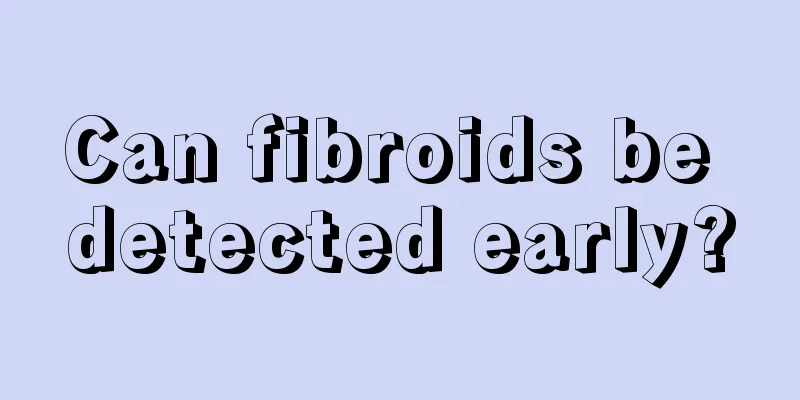Sublingual desensitization has serious side effects

|
Many people are not well aware of the serious side effects of sublingual desensitization. Sublingual desensitization therapy is to gradually increase the desensitizer to improve the patient's tolerance. There are many precautions for desensitization therapy. Generally, it cannot be used by the elderly and children, and pregnant women cannot use it to avoid affecting the growth and development of the fetus. It is also contraindicated when suffering from certain diseases. Let us take a closer look at the specific situation of the serious side effects of sublingual desensitization. Sublingual desensitization therapy is to make the allergy-inducing substances into desensitization solutions of different concentrations, and administer them daily in a small dose that the patient can adapt to (drop the desensitization drops under the tongue, allow it to be slowly absorbed, and swallow it after 1 to 3 minutes), gradually increase the dose, and continue for a sufficient time after reaching the maintenance level to improve the patient's tolerance. Desensitization therapy generally takes 3 to 6 months to take effect. To maintain long-term efficacy, the medication should be continued for a period of time after the symptoms disappear. Generally, 2 years is recommended. The efficacy can last for many years, or even for life. This treatment has been used for 30 years without any serious side effects, which maximizes the long-term safety of desensitization therapy. Desensitization therapy is the abbreviation of specific desensitization therapy, also known as desensitization therapy. It belongs to specific immunotherapy and is a treatment method for allergic substances that cause allergic diseases (including allergic asthma, drug-induced asthma, allergic dermatitis, etc.). The purpose is to alleviate symptoms, shorten the duration of attacks and reduce the dosage of medication. It is an immunotherapy specifically for allergic diseases induced by specific allergens mediated by IgE (immunoglobulin E). The biggest disadvantage of this therapy is that the course of treatment is too long (more than 2 to 3 years), and if used improperly, serious adverse reactions such as anaphylactic shock may occur. Desensitization therapy first requires identifying the allergens, then making the allergens into preparations of different concentrations, which are repeatedly injected subcutaneously into patients who have positive skin tests for the corresponding allergens. The dosage increases from small to large and the concentration increases from low to high, gradually inducing the patient to tolerate the allergen without producing an allergic reaction. Indications 1. The patient's symptoms are caused by a single or a few allergens. 2. The patient's symptoms are closely related to contact with allergens, and contact with allergens is unavoidable. 3. Patients with allergic rhinitis experience lower respiratory tract symptoms during the peak season of allergens. 4. Patients with seasonal hay fever whose symptoms last longer or appear earlier. 5. Patients with side effects caused by drug treatment. 6. Symptoms cannot be well controlled with appropriate drug treatment (such as inhaled corticosteroids or oral antihistamines). 7. Patients who are unwilling to accept long-term drug treatment. Contraindications 1. Absolute contraindications Severe cardiovascular diseases, immune system diseases, patients who must take beta-blockers, cancer, patients whose allergens cannot be identified, and those with lack of compliance and severe psychological disorders. 2. Relative contraindications Children under 5 years old and pregnant women (specific immunotherapy should not be started during pregnancy, but if they have been treated before pregnancy and tolerated well, there is no need to interrupt treatment), patients with unstable asthma or acute attacks, moderate to severe persistent asthma, etc. Adverse Reactions Local urticaria, rhinitis, mild asthma, systemic reactions (such as generalized urticaria, angioedema), etc. may occur. In severe cases, anaphylactic shock may occur. |
<<: Acne at the junction of cheek and neck
>>: Small pimples under the tongue
Recommend
How to treat poor sleep with Chinese medicine?
Poor sleep will have an impact on health, so it i...
The difference between white hair roots and white hair ends
The quality of hair determines a person's app...
What are the treatments for advanced liver cancer? Three methods are recommended for advanced liver cancer treatment
The treatment of liver cancer is a topic that man...
Does early stage renal cancer have any impact on pregnancy?
According to a study by researchers at NYU Langon...
What are the symptoms of getting angry after eating durian?
Durian is a food with extremely high nutritional ...
Tips for treating cold and painful knees
The older people get, the more likely they are to...
Why is my urine dark brown?
The normal color of urine is light yellow. When c...
What is the reason for uneven horizontal lines on nails
The growth of the nail surface can reflect the co...
What are the characteristics of liver enlargement caused by liver cancer
Typical symptoms of liver cancer include pain, ja...
Which acupoints should be massaged for lymphoma
Unblocking the hand-yangming large intestine meri...
Is IGA nephropathy serious?
Iga nephropathy is a common disease in people'...
What can I use to wash my hands to kill the bacteria on my hands
There are a lot of bacteria on people's hands...
Is it better to lie down or prone or exercise after hemorrhoid surgery?
Hemorrhoids, a chronic disease, troubles many peo...
Can patients with gastric cancer eat sea cucumbers?
Sea cucumbers also contain chondroitin sulfate, p...
The role of soap nuts
The medicinal material soapberry can kill bacteri...









